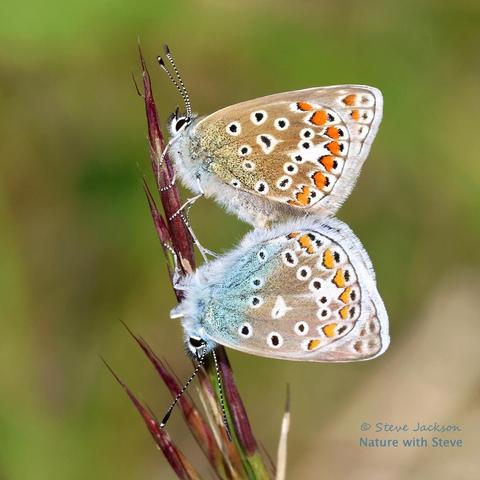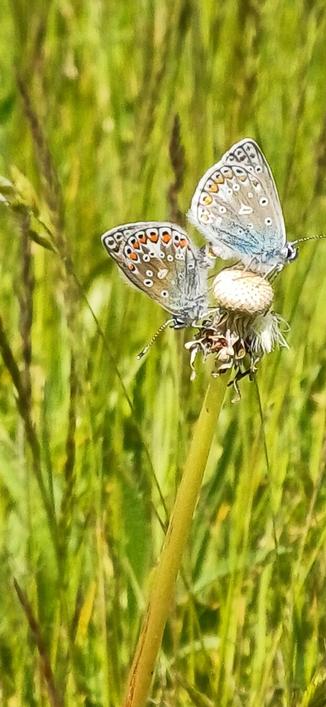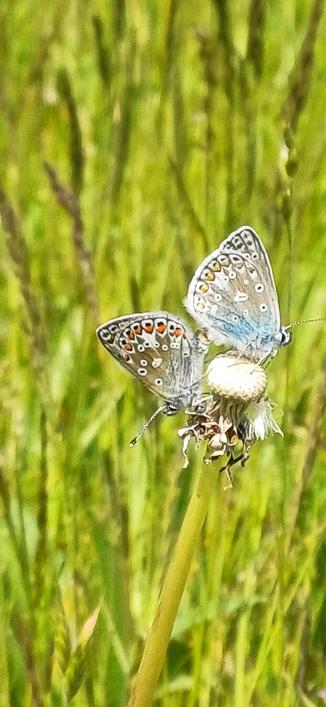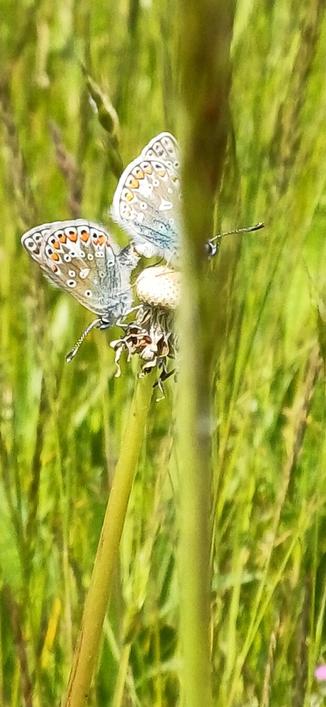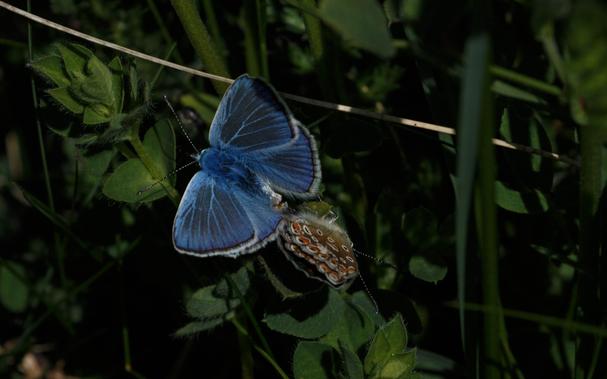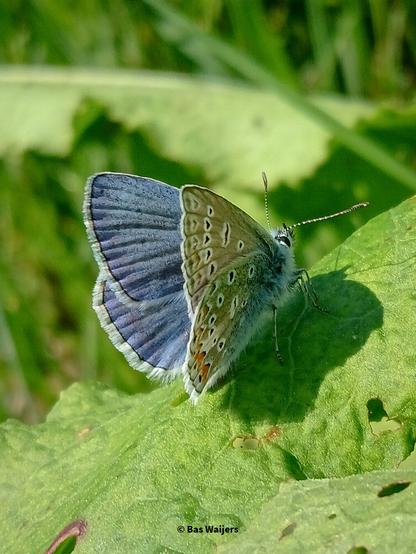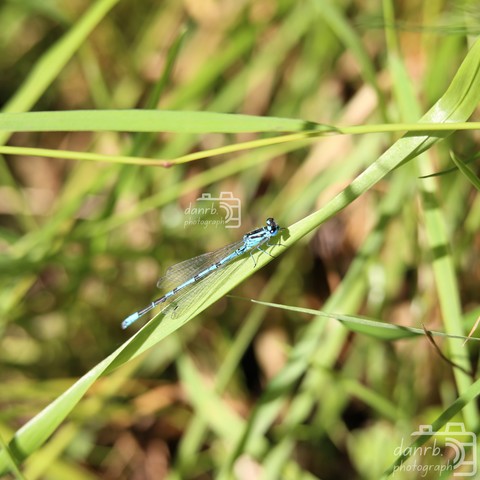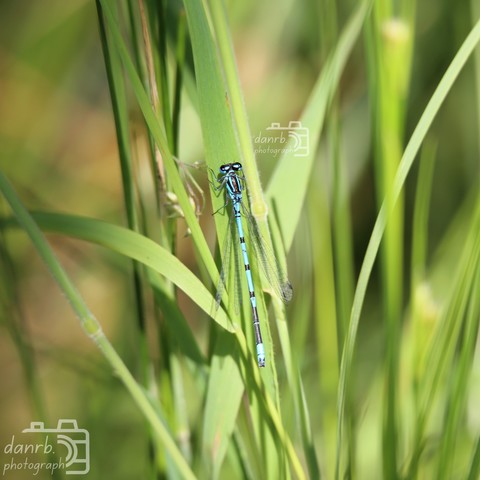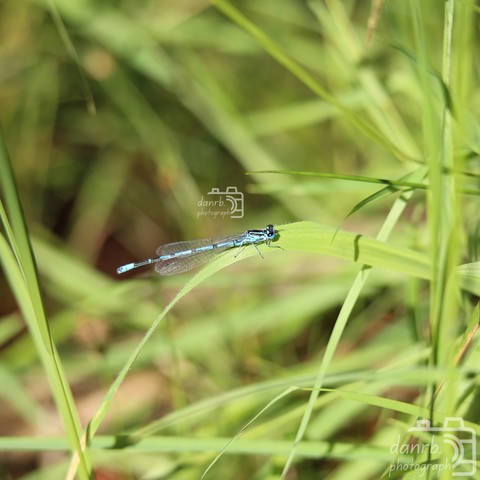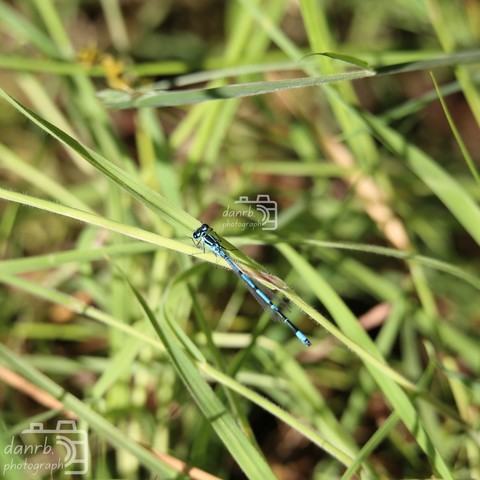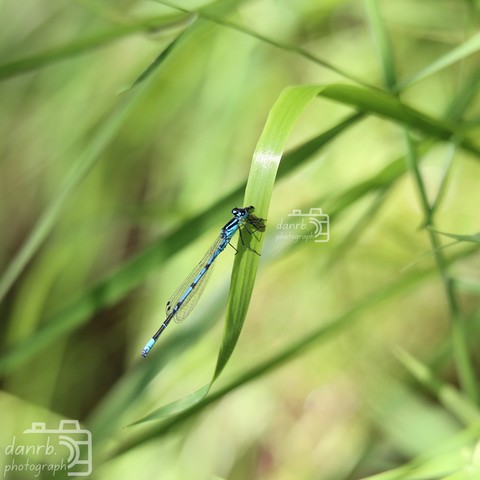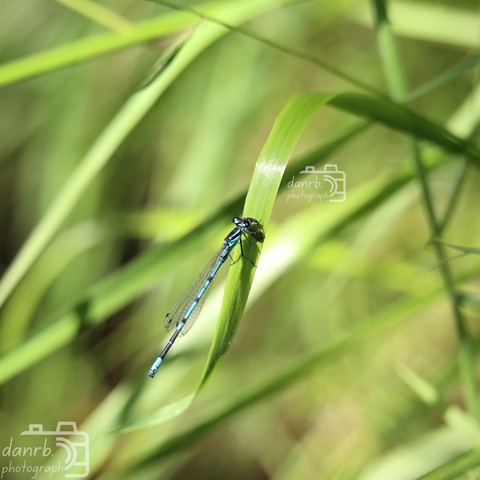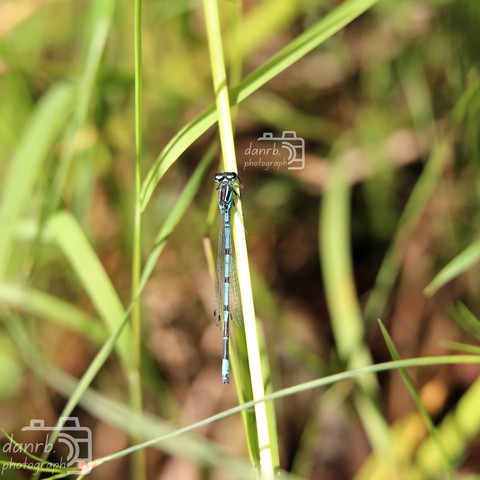One Polyommatus I just got to observe. Overall activity remains so low that I decided to take a closer look at the vegetation of each of my zones & speculate on why my shoes have been picking up "rusty" dust since the end of August.
Yesterday's trip got scrapped due to my local farmers having decided to cultivate & fertilize their fields, with one guy dropping slurry on his remaining alfalfa field (if that already doesn't sound ridiculous enough to anyone knowing that alfalfa already fertilizes soils with the help of bacteria, it gets worse). After digging through my old chemistry books & taking into account that nearly all farmers treated their fields with dung, the brown powder on my shoes may be iron(III) hydroxide (FeO(OH)3), which is more common in areas known for ore mining. This hydroxide may develop as a result of ammonia falling apart but FeO(OH)3 but also is a common agent to mitigate decomposing of cultivated plants. A current hypothesis of mine is that both cases - the direct application of FeO(OH)3 in some areas & the indirect development of it after the dung began to fall apart to FeO(OH)3 and other chemicals in other areas - may be contributing to the devastating state of my local flora right now, alongside the strict mowing regimes imposed by my municipality. Even very common plants such as chicory are unusually sparse & the few grassy paths show clear signs of (perhaps unintended) overfertilization due to such chemicals getting stuck on tractor/car tires (and all paths in my zones currently are used by virtually everyone because of one single street having been blocked out of the blue). Given that another area will undergo "maintenance" starting in October & over 50% of all fields consisted of nothing but non-corn-carrying corn for biogas plants, I fear that the next season in particular may be much more terrible for insects than what happens to be the state of things at the moment.
#lepidoptera #butterfly #commonblue #germany #canoneos700d